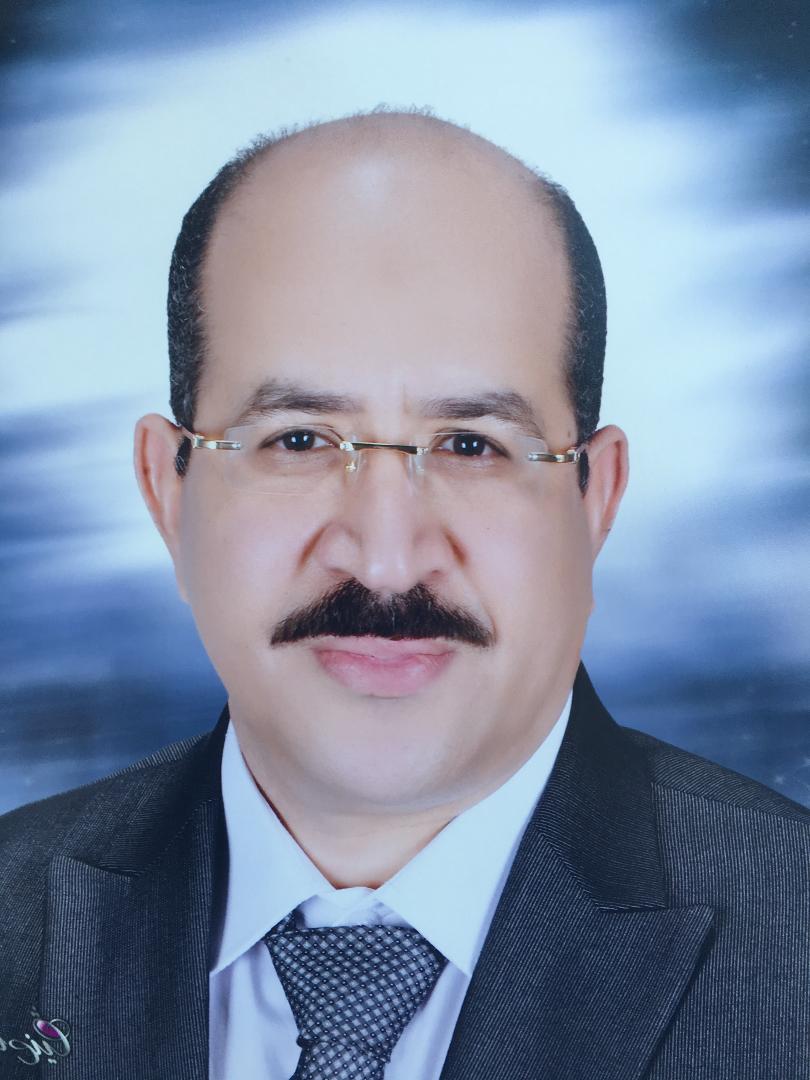Introduction:
Atlantoaxial rotatory fixation (AARF) is also known as rotatory subluxation, rotatory
displacement, rotary deformity, rotational subluxation, and is characterized by incomplete
dislocation of the inferior atlantal and superior axial articular facets 1.
AARF in combination with odontoid fracture is an extremely rare injury 2-6.
Atlantoaxial injuries can be classified according to Fielding 1 or White and Panjabi 7
classification .
The management of this combination is a matter of debate1,8,9.
Material and Methods:
We present a case of a 78 years old woman who sustained a fall on the ground from a couch
directly on her forehead, resulting in atlantoaxial dislocation with type II odontoid fracture
accompanied with left sided hemiparesis ASIA type C.
Results:
After failure of closed reduction, the treatment plan was to achieve reduction under
anaesthesia and C1-2 fusion, but again reduction was not possible.
Occipitocervical fusion to C3 was done to have better stability in osteoporotic bone.
Successful reduction was achieved during rod reduction from the occiput to C2 pedicle screw
and C3 lateral mass screw.
Cervical collar was advised for 3 months, and good fusion and improvement of the
neurological status to ASIA type D was achieved after 6 month.
Conclusion:
AARF with Odontoid Fracture is a rare combination and reduction may be impossible.
Occipitocervical fusion is a good option in such case as C1-2 reduction is a prerequisite for
transarticular screw.
C2 pedicle screw offers good purchase even in osteoporotic bone which enabled reduction
after rod repositioning.

